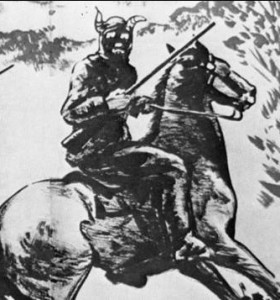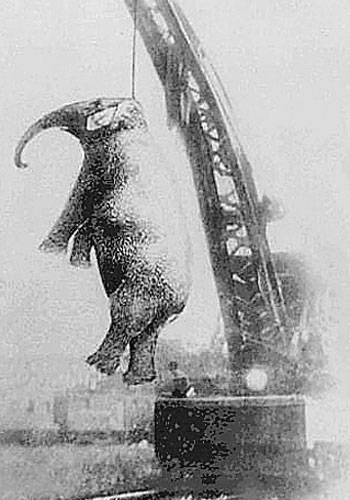In a text on the mechanics of drowning, 18th century physician Rowland Jackson described several documented cases of failed hangings. In Aremberg in the Rhineland, a local merchant named Landthaler was hanged from a tree and swung “for a whole hour” before being cut down. He was discovered to be alive and complained of nothing other than sore eyes and toe-tips.
In Cologne, a hanged robber was brought back to life by a passing servant – and then repaid the favour by trying to steal the servant’s horse. A similar tale occurred near Abbeville, Picardie, where a miller took a hanged thief home and nursed him back to life – only for the thief to burgle his house.
In all three of these cases the victims were returned to the gallows and hanged again, this time successfully. More fortunate was a hanged man described by Mr Falconet, a “gentleman of strict probity and candour”. According to Falconet his family had a “foolhardy coachman” who:
“…falling into a quarrel at Lyon, killed a man, and being apprehended on the spot was forthwith condemned to be hanged, which sentence was accordingly put into execution. The surgeons of the town, having obtained his body in order to make a skeleton, brought it into a surgery where they left it upon a table. But when they came next day to dissect it, they were surprised to find the man not only alive, but in good health, and pissing in the chimney – for the want, as he said, of a chamberpot. This man had stood in no need of remedies… the circulation of the blood had not been so long suppressed that it could of its own accord restore itself.”
Source: Rowland Jackson, A Physical Dissertation on Drowning, &c., London, 1746. Content on this page is © Alpha History 2019-23. Content may not be republished without our express permission. For more information please refer to our Terms of Use or contact Alpha History.


